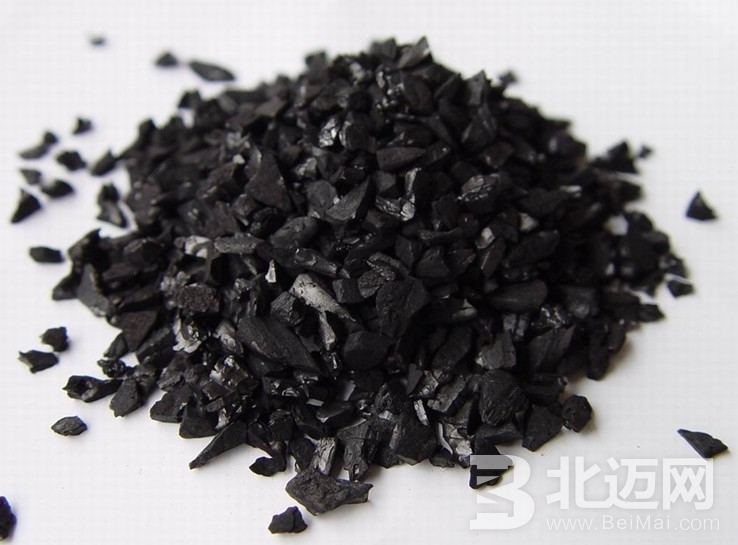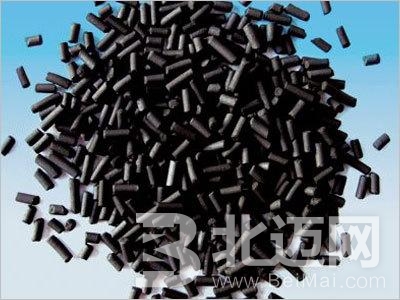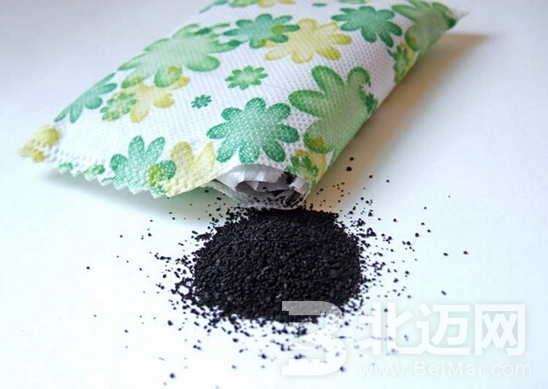As we all know, cars will generate certain harmful gases during the driving process, which will have a certain impact on people sitting in the car. Therefore, activated carbon is very important. Here are some of the cars that the small series have compiled for the riders. Some related effects of activated carbon.

Activated carbon removes gaseous contaminants from the air. In the field of ventilation and air conditioning, chemical filters use activated carbon as the primary filter material.
There are a large number of micropores invisible to the naked eye in the activated carbon material. The pore size of most of the micropores is between 5 and 500, and the total internal surface area of ​​the micropores in the unit material can be as high as 700 to 2,300 m2/g, that is, In a rice grain size activated carbon granule, the inner surface area of ​​the micropores is equivalent to the size of a large living room interior wall. Adsorption without a clear chemical reaction is called physical adsorption, and this adsorption is mainly based on van der Waals forces. After the free molecules with high boiling point (normal temperature or higher) in the air contact with the activated carbon, some of them condense into a liquid in the micropores and stay there because of the capillary principle, and some fill the micropores equivalent to the molecular size and become integral with the material. The main components of nitrogen, oxygen, carbon dioxide, hydrogen, and argon in the atmosphere have very low boiling points, and activated carbon cannot adsorb them. Ordinary activated carbon is a hydrophobic material, so its ability to adsorb water vapor is also limited. In addition, activated carbon can also adsorb certain airborne microorganisms and kill them.
The adsorption by chemical treatment to chemically react a material with a harmful gas is called chemical adsorption. Activated carbon captures gas molecules by van der Waals force, and the chemical components on the material react with pollutants to form solid components or harmless gases. The main method of chemical treatment is to uniformly incorporate a specific reagent into the activated carbon, so the chemically treated activated carbon is also called "impregnated carbon".
During use, the adsorption capacity will continue to weaken, and when it is weakened to a certain extent, the filter is scrapped. If it is only physical adsorption, heating or steam vapour can be used to remove harmful gases from the activated carbon and regenerate the activated carbon.
Activated carbon material: Activated carbon material is divided into granular carbon, fibrous carbon and powdered carbon.
Fibrous activated carbon is made of carbon-containing organic fibers. It has a small pore size (<50?), large adsorption capacity, fast adsorption and fast regeneration. Commonly used fiber substrates are phenolic, plant fiber, polyacrylonitrile, and asphalt. 
Adsorption performance:
1 adsorption capacity. The amount of pollutants that can be adsorbed by a unit of activated carbon is called the adsorption capacity. The adsorption capacity of different materials will be different; the adsorption capacity of the same material for different gases will be different; the temperature and background concentration will change, and the adsorption capacity will also change.
2 detention time. The time that air stays in the activated carbon layer is called the residence time. The longer the residence time, the more sufficient the adsorption. In order to maintain sufficient residence time, the carbon layer should be thick enough and the filtration wind speed should be as low as possible.
3 service life. The new activated carbon has high adsorption efficiency and the efficiency is continuously attenuated. When the harmful gas downstream of the filter approaches the allowable concentration limit, the filter is scrapped. The service time before scrapping is the service life, also known as the effective protection time.
4 selectivity. Generally speaking, in the physical adsorption, it is easy to adsorb: a gas having a large molecular weight, a gas having a high boiling point, and a volatile organic gas. If the activated carbon is chemically impregnated, it can also remove the gas that is difficult to deal with, or highlight the adsorption capacity of a certain type of gas.
The upstream and downstream of the activated carbon filter should have a good dust filter, and the efficiency specification should not be lower than F7. The upstream filter prevents dust from clogging the activated carbon material; the downstream filter blocks the dust from the activated carbon itself.
The main factors affecting the adsorption effect and service life of the activated carbon filter are: the type and concentration of the pollutant, the residence time of the gas flow in the filter material, the temperature and humidity of the air. In actual selection, the filter form and activated carbon type should be determined according to the type of pollutant, concentration and treatment air volume.

The above is a little edited by the editors about the role of activated carbon, I hope that the riders can learn more. Also for the safety of the driver.
We can provide all kinds of Oil Pressure Switch with high quality and reasonable price. The Oil Pressure Switch sends information directly to the vehicle's computer system. Once the data sent indicates low pressure, the computer automatically turns off the engine to avoid damaging vital auto parts. The switch has a very important role in vehicle, so it is only right to keep it in tip-top shape all the time. A damaged switch must be replaced immediately to ensure superior engine performance.
Oil Pressure Switch
Oil Pressure Switch,Lubrication System,Oil Pressure Sensor
NINGBO DGOFEN AUTO TRADE CO., LTD , http://www.dgofen.com